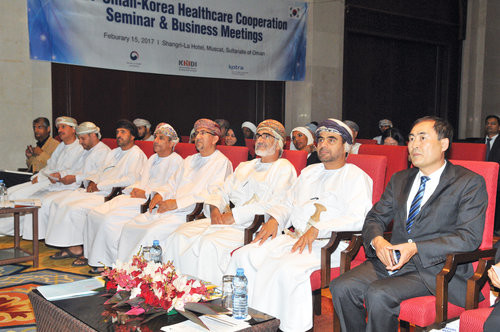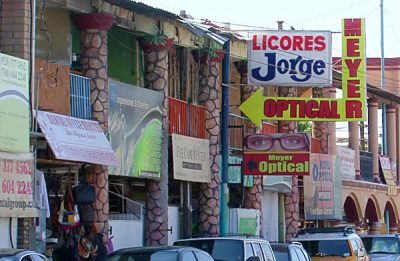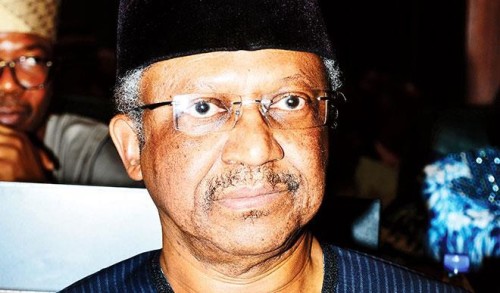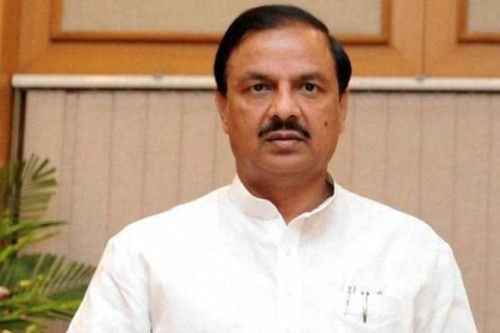
South Korea thinks it can carve a niche in the GCC medical tourism market with expert treatment combined with local sensitivity.
Countries like Thailand and India have become well-known destinations for check-ups or basic medical procedures, thanks to the combination of quality and low cost services. But South Korean medical officials think there’s still space for high-end medical tourism.
From 2010 to 2014, patients from the Middle East going to Korea increased from 949 to 5,485, according to Korea’s Ministry of Health and Welfare (MoHW). That’s partly thanks to the memoranda of understanding the Korean government signed with GCC countries such as Kuwait and UAE.
South Korea markets itself as being able to deal with the most serious of diseases. MoHW said its cancer survival rate (69.4 per cent) ranks along world leaders US, Canada and Japan.
Now it’s looking towards Middle Eastern patients by offering facilities such as prayer rooms, halal food and interpreters – facilities which helped India and Thailand flourish.
On Wednesday, the 2017 Oman Korea Healthcare Cooperation Seminar was held at Shangri-La Barr al Jissah Resort and Spa. The Korean delegation was led by Min Won Lee, director general of MoHW. Four of South Korea’s leading hospitals took part: Korea University Anam Hospital; Samsung Medical Centre; Seoul National University Hospital and Severance Hospital. Oman was represented by senior officials from the Ministry of Health. Thirty-four Omani health institutions also participated in the seminar.
source: http://www.muscatdaily.com / MuscatDaily.com / Home / by Muscat Daily Staff Writer / February 16th, 2017




